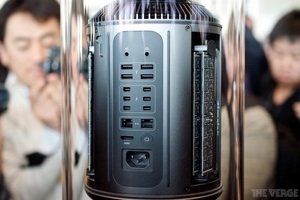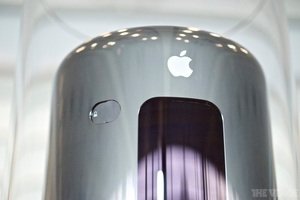- Joined
- May 22, 2011
- Messages
- 914
- Motherboard
- Gigabyte Z370N-WiFi
- CPU
- i7-8700
- Graphics
- RX 6800 XT
- Mac
- Classic Mac
- Mobile Phone
The key problem with Thunderbolt as the means of expansion is the extremely limited supply of options and the cost of those options..
...and they just announced Thunderbolt 2, when TH 1 has barely gotten market traction as it is!
Then there's the concept of all these boxes laying around that need power, cables all over, etc.
Just gets "inelegant" quickly and I'm not sure why it's needed.
Do desktop users frequently complain that their desktop isn't "portable enough"?
I don't, but that's just me.
MacPro looks awesome....and then it gets put under the desk to rarely be seen..
..except when checking on all your plugged in expansion items... ;-)
...and they just announced Thunderbolt 2, when TH 1 has barely gotten market traction as it is!
Then there's the concept of all these boxes laying around that need power, cables all over, etc.
Just gets "inelegant" quickly and I'm not sure why it's needed.
Do desktop users frequently complain that their desktop isn't "portable enough"?
I don't, but that's just me.
MacPro looks awesome....and then it gets put under the desk to rarely be seen..
..except when checking on all your plugged in expansion items... ;-)









